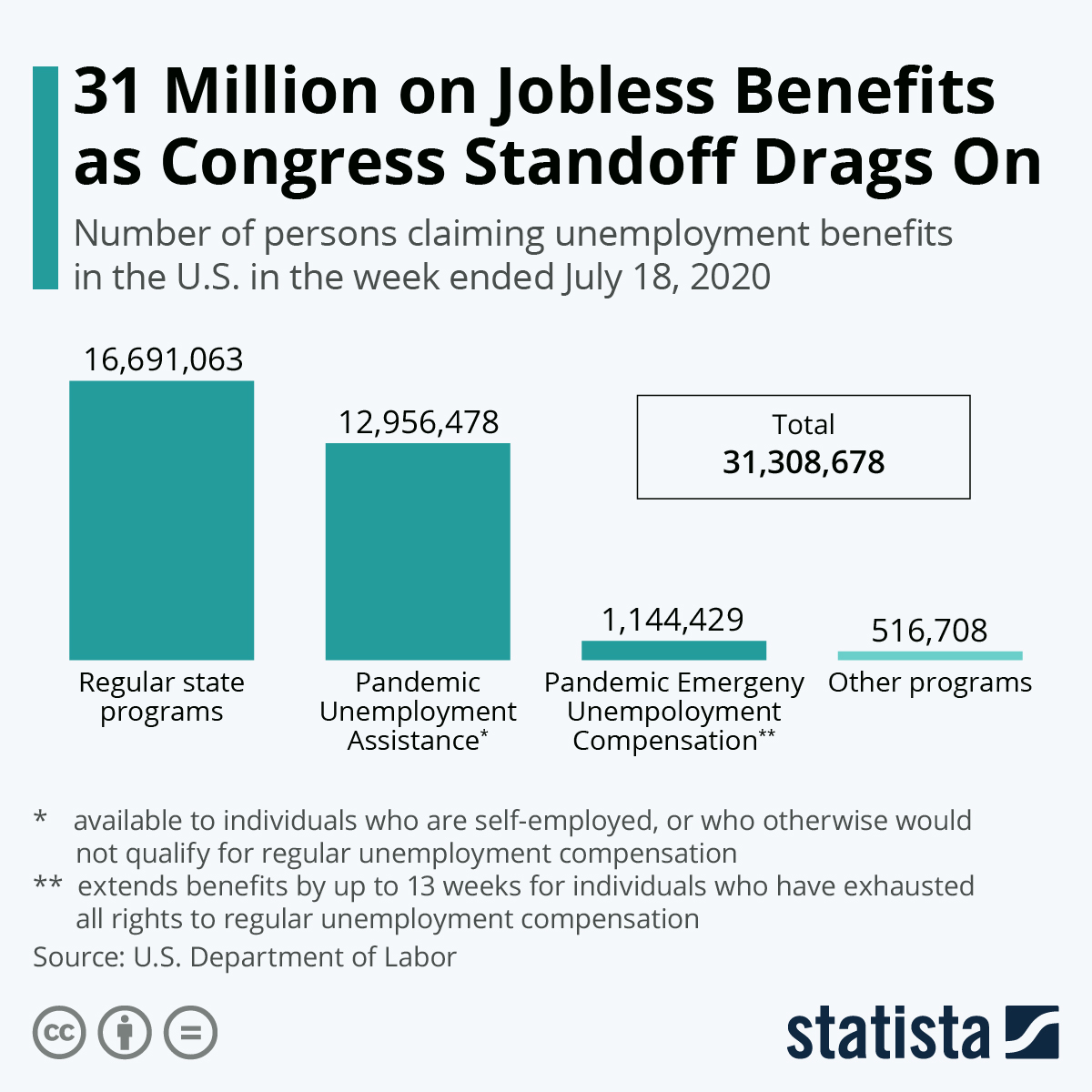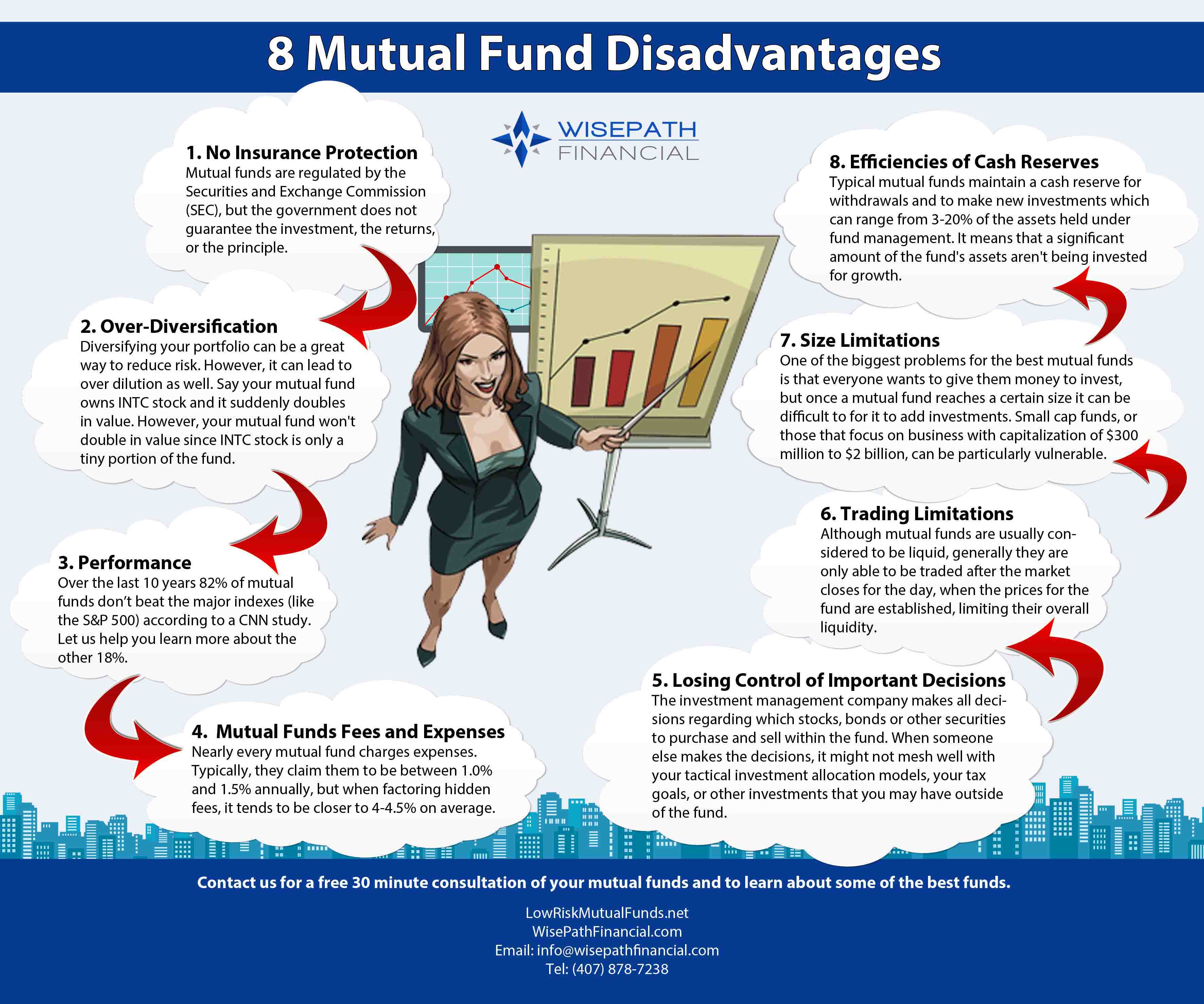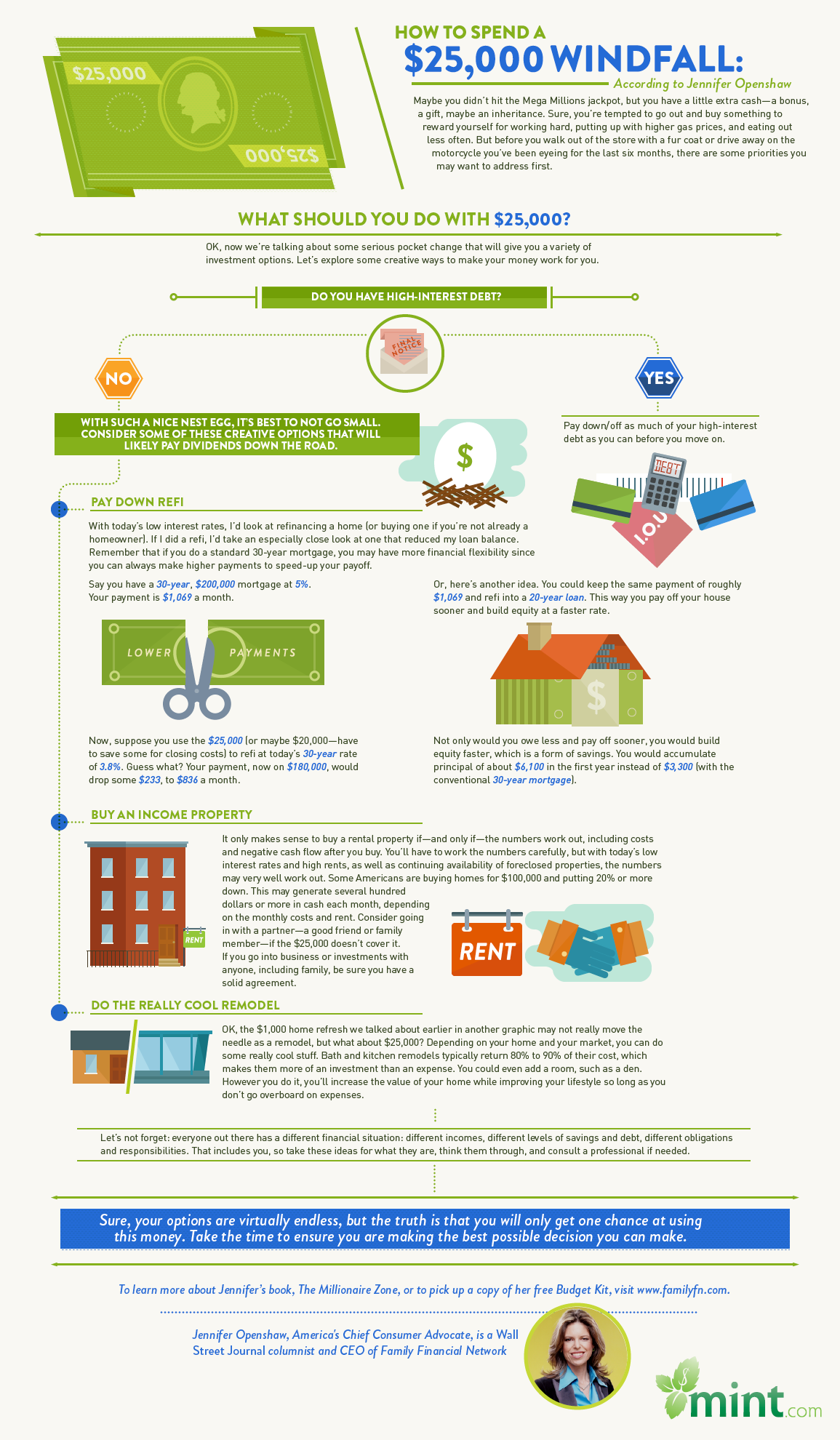Roughly 30 million Americans continue to fear for their livelihood as Congress has yet to find a compromise on extending the weekly supplement to regular unemployment benefits that expired at the end of July. As part of the CARES Act, the Federal Pandemic Unemployment Compensation program (FPUC), which provided an additional $600 per week to individuals collecting regular jobless benefits, has proven highly effective in keeping affected households afloat during the past few months, and it is widely feared that millions of laid-off workers will no longer be able to pay their bills or serve their debt without the weekly supplement.
According to data published by the U.S. Department of Labour on Thursday, more than 30 million Americans received unemployment benefits in the week ended July 18, 16.7 million through regular state programs and another 13 million through the federal Pandemic Unemployment Assistance program, which is available to individuals who are self-employed or who otherwise would not qualify for regular unemployment compensation. As the majority of those 30+ million previously qualified for the weekly $600 bonus, economists are warning that consumer spending could fall off a cliff in case Congress fails to agree on an adequate follow-up aid package.
Infographic Source :- https://www.statista.com










